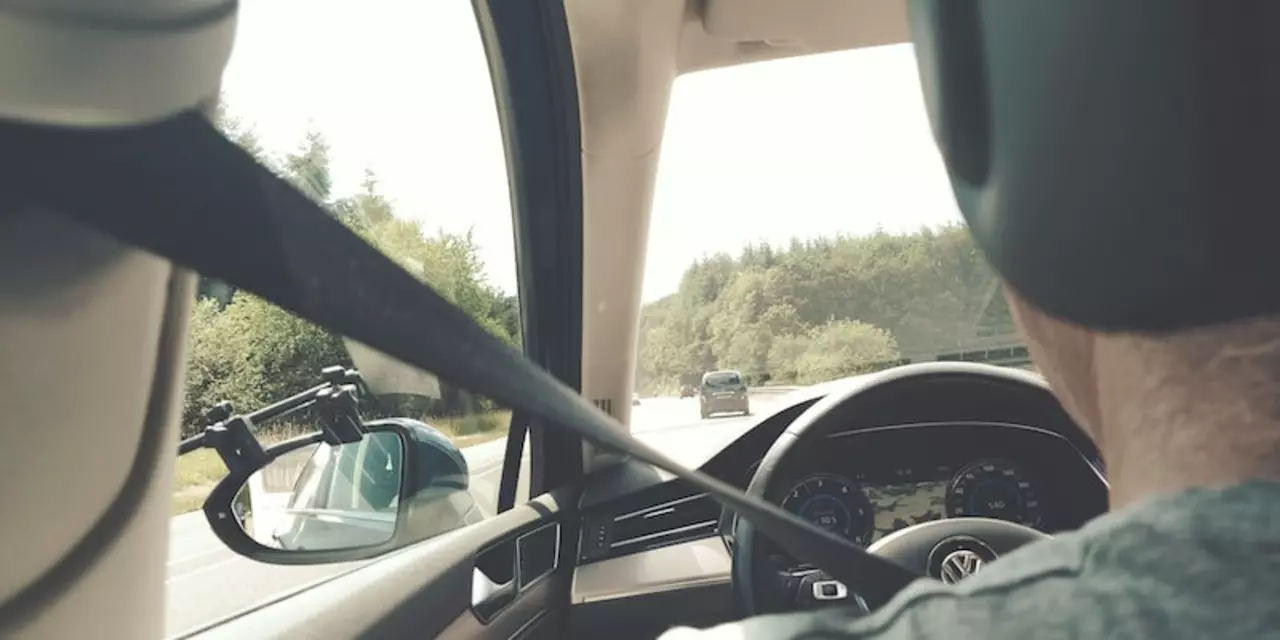Seat Belt Basics: Why It Matters and How to Use It Right
Ever wonder why the seat belt sign lights up the moment you start the engine? It’s not just a rule—it’s a simple tool that can mean the difference between walking away and getting hurt. In this guide we’ll break down the real reasons seat belts save lives, clear up common myths, and show you the exact steps to buckle up the right way every time you get behind the wheel.
Why Seat Belts Save Lives
When a car crashes, everything inside keeps moving at the car’s speed. Your body does the same, and without a seat belt you’ll be thrown around the cabin or even ejected. Studies show that wearing a seat belt reduces the risk of fatal injury by about 45% and cuts serious injuries by roughly 50%.
Seat belts work by spreading the forces of a crash across the stronger parts of your body—your chest, hips, and shoulders. This lowers the chance of head trauma, broken ribs, and internal injuries. Even in low‑speed bumps, the belt keeps you from slamming into the dashboard or steering wheel.
Many people think seat belts are only for high‑speed crashes, but the reality is different. A rear‑end impact at 20 mph can still push you forward hard enough to cause whiplash or a broken collarbone. The belt holds you steady, reducing those sudden jolts.
How to Wear a Seat Belt Correctly
Getting the right fit is quick, but it matters a lot. Follow these steps the next time you slide into the driver’s seat:
- Pull the latch firmly. You should hear a click—this means it’s locked.
- Place the lap belt low across your hips. It should sit on your pelvic bone, not your stomach. This position protects vital organs.
- Adjust the shoulder strap. It should cross the middle of your chest and rest on your collarbone. Keep it snug but comfortable; you don’t want it digging into your neck.
- Avoid twists. The belt should lie flat against your body, not twisted around any part of you. A twisted belt can cause serious internal injuries.
- Check the fit. You should be able to move a little, but the belt must stay tight enough that it won’t slip during a sudden stop.
Kids need special attention. Use a forward‑facing car seat for toddlers, then a booster seat until the seat belt fits properly across the hips and chest. Never let a child sit in the front seat if there’s an active airbag.
Seat belt reminders can get annoying, but they’re there for a reason. If you find yourself ignoring the chime, set a personal rule: buckle up before you even adjust the radio or climate control. It becomes a habit faster than you think.
Some drivers think the belt is uncomfortable on long trips. If that’s the case, try a tiny cushion or a seat belt pad to reduce pressure points. Just make sure any added material doesn’t interfere with the latch.
Finally, remember that a seat belt works best when the car itself is in good shape. Check the belt for frays, tears, or a worn latch. Replace any damaged parts immediately—most auto shops can do this quickly and affordably.
Bottom line: the seat belt is your first line of defense in any crash. Wearing it correctly is easy, and the safety payoff is huge. So next time you hop in, make the belt your first move. It’s a tiny action with a massive impact on your safety and the safety of those around you.
Why does a racing car use a seat belt other than a regular car?
0 Comments
A racing car uses a seat belt for safety reasons that are different from those of a regular car. Racing cars have to endure high speeds, accelerations, and decelerations, which can be dangerous for the driver if not properly secured. Racing seat belts are designed with these conditions in mind, providing extra support, greater adjustment capabilities, and better placement of the shoulder straps. As a result, racing seat belts are able to provide a higher level of protection for the driver than a regular car would.
Read More